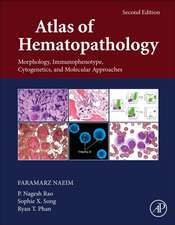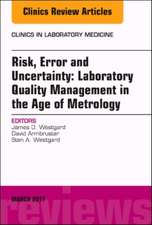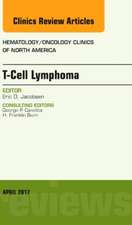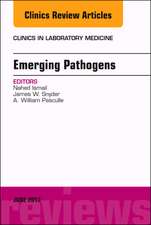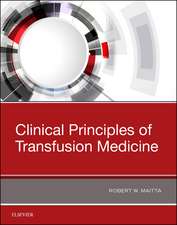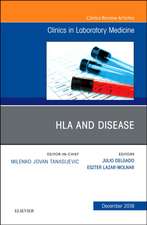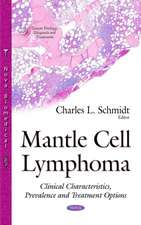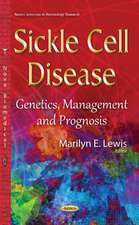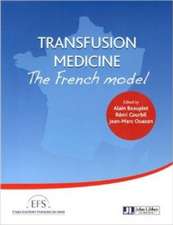Sickle Cell Disease
Editat de Dario Acuna-Castroviejo, Iryna Rusanovaen Limba Engleză Hardback – 30 iun 2013
Preț: 1079.62 lei
Preț vechi: 1480.36 lei
-27% Nou
Puncte Express: 1619
Preț estimativ în valută:
206.60€ • 214.39$ • 172.69£
206.60€ • 214.39$ • 172.69£
Carte disponibilă
Livrare economică 25 februarie-11 martie
Preluare comenzi: 021 569.72.76
Specificații
ISBN-13: 9781622574698
ISBN-10: 1622574699
Pagini: 169
Ilustrații: black & white illustrations, black & white tables, figures
Dimensiuni: 160 x 238 x 18 mm
Greutate: 0.47 kg
Editura: Nova Science Publishers Inc
ISBN-10: 1622574699
Pagini: 169
Ilustrații: black & white illustrations, black & white tables, figures
Dimensiuni: 160 x 238 x 18 mm
Greutate: 0.47 kg
Editura: Nova Science Publishers Inc
Cuprins
Preface; Epidemiology of Sickle Cell Disease (SCD); The Phenotype Diversity & Hematological Status in Sickle Cell Anemia; Pathophysiological Consequences of Hemolysis in Sickle Cell Disease; Genotypes of Sickle Cell Disease; Vasculopathy, Chronic Oxidative Stress & Endothelial Dysfunction in SCD; Biology of Nitric Oxide Relevant to Sickle Cell Disease; Therapy of Sickle Cell Disease; Index.

